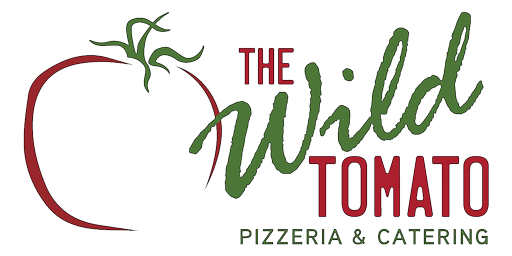This article explores the fascinating world of tomatoes and their impact on pizza sauce, specifically comparing three key varieties: DOP San Marzano tomatoes from Italy, other Italian tomatoes, and California-grown tomatoes. We delve into the nuances that differentiate these tomatoes, moving beyond simple comparisons to uncover the unique characteristics shaped by growing conditions, processing techniques, and regional influences. Our aim isn't to declare a definitive "winner," but rather to provide a comprehensive understanding of each tomato type's strengths and weaknesses.This comparative analysis will reveal how factors like harvest season, soil composition, and cultivation methods contribute to the distinct flavor profiles of each variety. Through blind taste tests and insightful observations, we illuminate the interplay between sweetness, saltiness, and overall flavor balance. This knowledge empowers you to make informed decisions when selecting tomatoes for your culinary creations, enabling you to craft the perfect pizza sauce tailored to your preferences.
Pros And Cons
- Often sweeter
- More readily available to US consumers
- Different from original Italian varieties due to evolving consumer needs and growing practices
- Packed in season
- Harvested in season
- Short growing season (45-50 days)
Read more: 5 Best Pizza Stones for Enhancing Your Green Egg Magic
A Qualitative Comparison of Tomatoes
This exploration delves into the nuanced differences between three types of tomatoes: DOP San Marzano tomatoes, non-DOP Italian tomatoes, and California tomatoes. The focus isn't on declaring a 'winner', but rather on understanding the unique attributes of each variety. This understanding is crucial because the ideal tomato for a specific application, such as pizza sauce, varies depending on desired taste and texture profiles.
Each tomato possesses distinct characteristics influenced by growing conditions, processing, and overall supply chain. These variations impact the final flavor and culinary suitability. The goal is to highlight the strengths of each type of tomato for informed selection in various cooking processes.
The San Marzano Tomato: A Taste of Southern Italy
DOP San Marzano tomatoes, grown in a specific region of Italy, are prized for their rich flavor and texture. They are harvested and processed during a short, seasonal window, ensuring optimal ripeness. This careful handling contributes significantly to their superior quality and intense flavor profile.
The unique characteristics of these tomatoes stem not only from the variety itself but also from the meticulous cultivation and processing methods. Their dense flesh and lower water content make them ideal for creating concentrated and flavorful sauces.
California Tomatoes: A Domestic Alternative
California tomatoes, initially developed from Italian seeds imported in the 1930s, have evolved to meet the changing demands of the American market. They are readily available year-round and generally exhibit a sweeter taste profile than their Italian counterparts.

While initially similar to Italian varieties, years of cultivation and adaptation have resulted in a distinct Californian tomato. The emphasis on sweetness caters to contemporary consumer preferences and often reflects a different overall balance of flavors in comparison to Italian varieties.
The Impact of Harvest and Processing
The harvest period significantly influences the final characteristics of tomatoes. The approximately 60-day harvest season results in considerable variation in the individual tomatoes. Blind taste testing is essential to assess the variability within a single batch of tomatoes.
Before adding any seasonings, we conduct a blind taste test to evaluate the inherent flavor profile of each tomato. This approach reveals the natural variation and helps understand the impact of growing conditions and processing on the final product.
Sweetness, Saltiness, and the Role of Terroir
The perception of sweetness and saltiness is subjective and influenced by individual preferences. However, regional factors also play a significant role. Tomatoes grown near the ocean often have a higher natural salt content due to the environment’s influence on the soil and air.

Taste tests reveal that higher sugar content isn't always directly correlated with perceived sweetness. The overall balance of sweet and salty flavors is crucial for the overall taste experience. Regional variations in soil composition and climate also affect the natural salt levels found in the tomatoes.
Conclusion: The Tomato's Inherent Variability
Tomatoes, like many agricultural products, are not uniform. Their characteristics vary greatly due to environmental factors, growing practices and variety. Maintaining product consistency requires effort from producers, who must manage the challenges posed by nature.
Ultimately, the 'best' tomato depends entirely on personal preference and culinary application. Both Italian and California tomatoes offer unique qualities, and the ideal choice depends on the intended use and desired flavor profile. Neither type is definitively superior; each has its own place in the culinary landscape.
